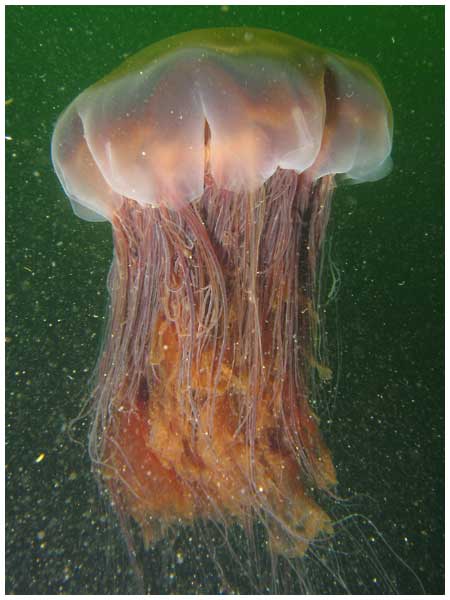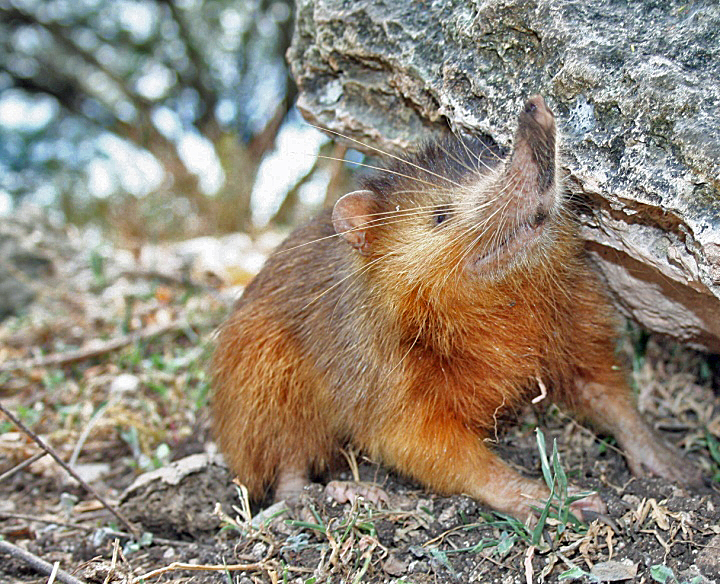Classification
Domain: Eukarya
Members of this domain are classified as being multicellular,
having a true nucleus, and having membrane bound organelles. Other examples of organisms from this domain include
Nerium oleander and the
diatoms.
Kingdom: Animalia
Class: Mammalia
Order: Soricomorpha
Once considered part of the order Insectivora,
this group of
organisms consists primarily of moles and shrews. They are also
classified as being as being consumers of insects. Another interesting
organism that can be found in this order is
Solenodon paradoxus (Hispaniolan Solendon).
Family: Soricidae
This family comprises the shrews. They are
characterized as having high metabolic rates, which means they
have to eat constantly throughout the day. Their primary sources
of food include fish, snails, worms, smaller mammals, and various
invertebrates. Members of this family are also characterized by the toxins they
secrete, as well as being terrestrial organisms.
Shrews in
this family are also well adapted to swimming.

Genus: Neomys
This Genus is composed
of three species of shrews that are found in Europe and Asia
(N. fodiens, N. anomalus, N. schelkovnikovi).

Species: Neomys fodiens
The scientific name
Neomys fodiens was
given to this organism by Pennant in 1771. The literal
translation of the name means Old World Water Shrew, but in the
United States it is known as the Eurasian Water Shrew. In
Europe, this organism is called the water shrew. Eurasian Water
Shrews are incredible divers and swimmers. They usually create a
system of tunnels along banks and rivers as a means of
protection. The Eurasian Water Shrew is also one of the largest
shrews found in Europe.
This generalized phylogenetic tree
is based on information found on
the
Human Ageing Genomic Resources Website.
Home
Habitat and Geography










